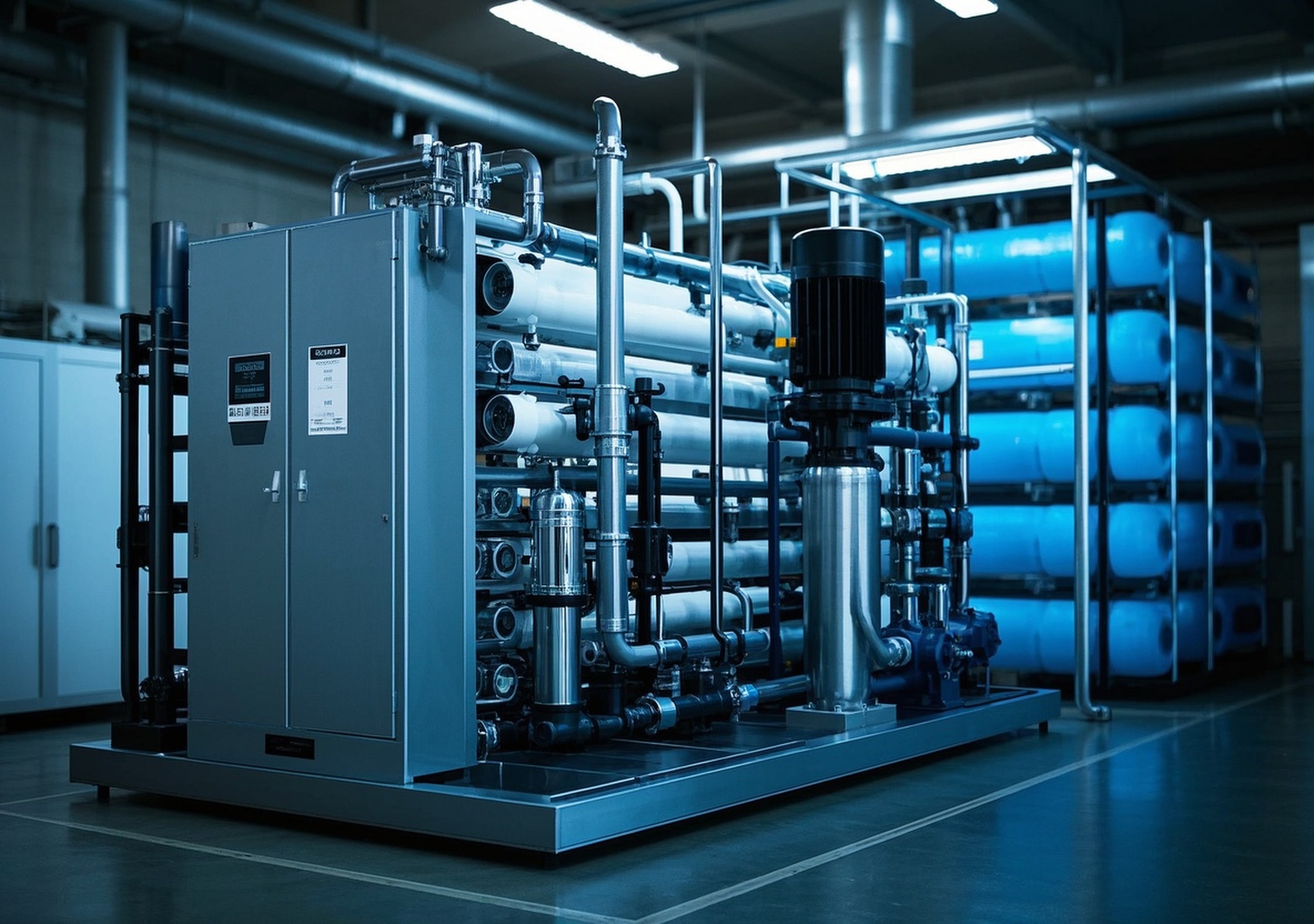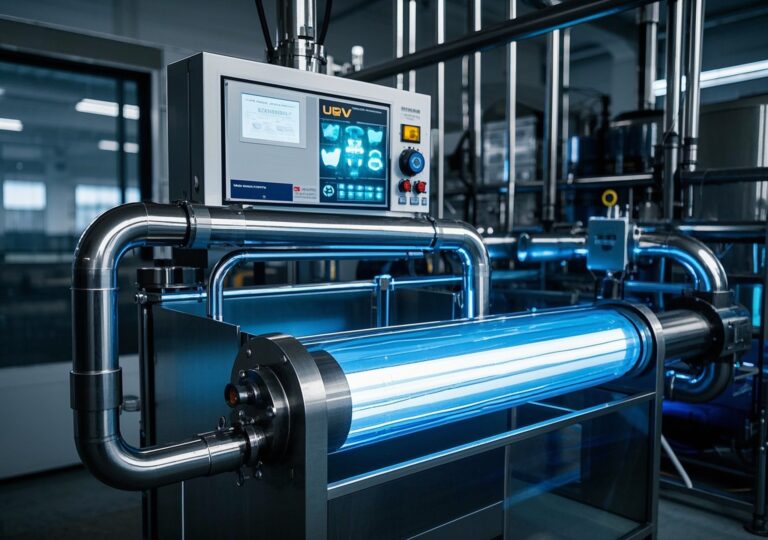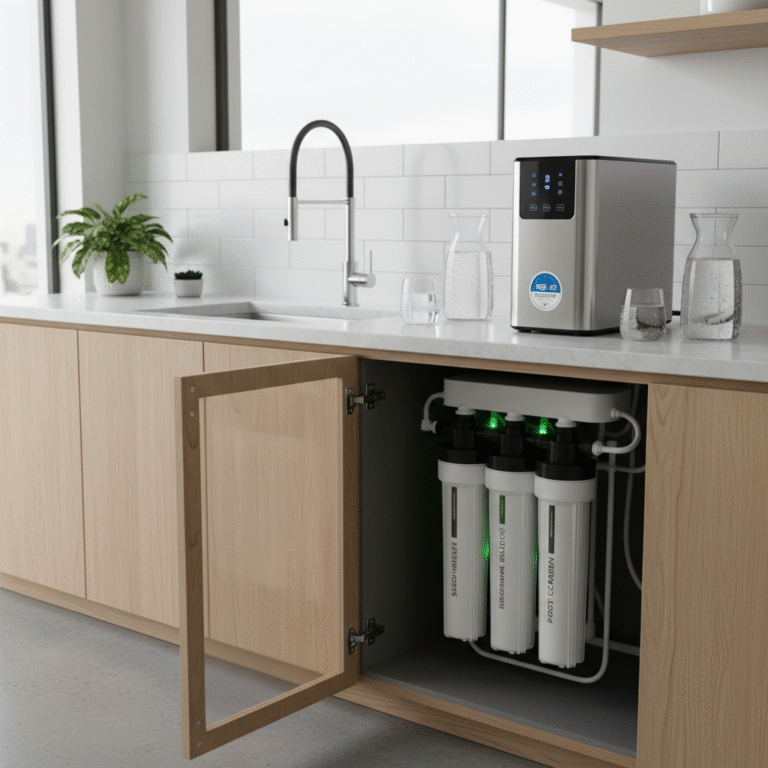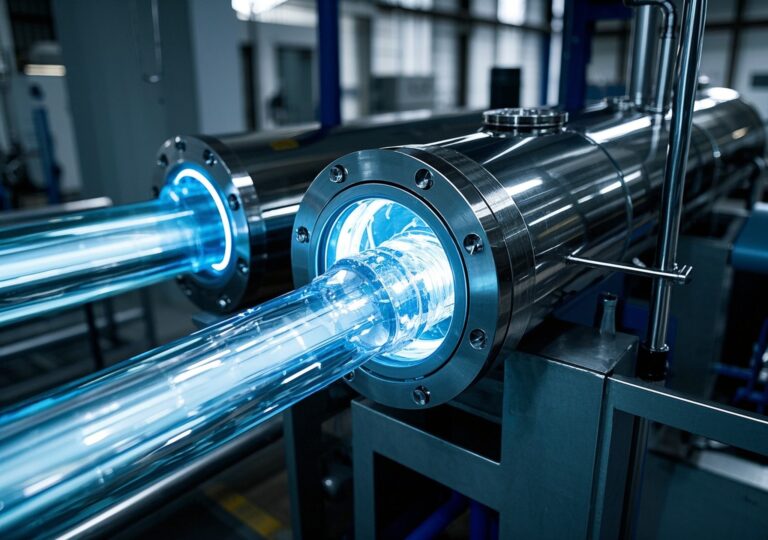Rugged Solutions Tackle Scarcity: What is Reverse Osmosis Drinking Water System?

Rugged Solutions Tackle Scarcity: What is Reverse Osmosis Drinking Water System?
1. Introduction: The Critical Role of Advanced Water Treatment Technologies
As global freshwater resources face mounting pressure from population growth, urbanization, and climate change, innovative solutions in water treatment have become indispensable. Among various technologies, reverse osmosis (RO) drinking water systems stand out as a leading approach to generating safe, potable water from a range of sources, including seawater and brackish water. Industrial players specializing in membrane filtration and desalination technologies have cemented their positions by delivering reliable, high-efficiency systems designed for diverse applications—from municipal utilities to remote marine platforms.
These companies’ expertise spans advanced filtration membranes, integrated pretreatment units, and rugged modular designs tailored for harsh environments. By consistently improving plant resilience and operational efficiency, they play a key role in alleviating the persistent global challenge of water scarcity.
2. Product Overview: The Backbone of a Reverse Osmosis Water Treatment System
A reverse osmosis drinking water system is composed of several core components working in harmony to purify water:
- Membrane Filtration Units: The heart of the system, RO membranes, operate by applying pressure to force water molecules through a semipermeable membrane, rejecting dissolved salts, microorganisms, and contaminants.
- Pretreatment Filtration: To protect the delicate membranes, pretreatment stages include multimedia filters, activated carbon, and antiscalant dosing to remove suspended solids, chlorine, and other membrane-fouling agents.
- High-Pressure Pumps: These pumps provide the necessary driving force for the RO process, ensuring optimal flow rates and energy efficiency.
- Containerized or Skid-Mounted Systems: Modular designs facilitate quick deployment and scalability, suited for industrial, municipal, and offshore applications.
- Post-Treatment & Disinfection: After desalination, water undergoes pH adjustment, remineralization, and ultraviolet sterilization or chlorination to guarantee potable water standards.
The systems are tailored across a power range from small-scale residential units (below 2 kW) to industrial facilities surpassing 100 kW capacity, enabling flexible adaptation to operational requirements.
3. Special Focus: Reverse Osmosis in Seawater Desalination
Seawater reverse osmosis (SWRO) is a flagship application of RO technology. It transforms saline ocean water, which constitutes over 97% of the Earth’s water, into fresh drinking water. Key performance indicators highlight the importance of membrane rejection rates above 99%, recovery rates ranging from 40–55%, and operational pressures between 55–70 bar.
Compared to thermal desalination, RO desalination offers lower energy consumption and has advanced significantly with novel membrane materials and energy recovery devices. New-generation systems demonstrate improved robustness against biofouling and scaling, which enhances uptime and reduces operational costs.
4. Global Water Scarcity: Challenges Driving Technological Adoption
Worldwide, approximately 2.2 billion people lack access to safely managed drinking water—a crisis intensifying with uneven freshwater distribution and groundwater depletion. Coastal and arid regions face acute shortages, prompting the rise of desalination as a strategic necessity.
Reverse osmosis systems represent a cornerstone of this trend, with the global RO membrane market forecasted to grow substantially through 2030 due to increasing urban water demand and stricter water quality regulations. This growth is corroborated by authoritative research, showing diversification in applications from industrial to residential and expanded geographical penetration.
5. Technological Innovations Driving Next-Generation RO Systems
Recent advances have enhanced RO systems’ energy efficiency and durability. Breakthroughs include:
- Development of thin-film composite membranes with higher permeability and salt rejection capabilities, reducing pressure requirements and energy consumption.
- Integration of smart monitoring and control systems enabling predictive maintenance and remote operation.
- Improved pretreatment processes leveraging ultrafiltration and nanofiltration to extend membrane life.
In my consulting projects involving coastal communities, deploying upgraded RO plants achieved energy savings up to 20%, reducing operational expenses and carbon footprint. These innovations are critical in making desalination economically viable at scale.
6. Scientific Principles Underpinning Seawater Reverse Osmosis
RO systems utilize a pressure-driven separation mechanism across semipermeable membranes. The process involves:
- Pretreatment: Removal of particulate matter and chemical contaminants to prepare feed water.
- Membrane Filtration: Application of hydraulic pressure to overcome osmotic pressure, forcing water through membranes that block salts and organics.
- Post-Treatment: Essential adjustments including remineralization and disinfection to comply with potable water standards.
The membranes themselves are constructed from durable polymer materials tailored to resist chemical and mechanical stress. Key to success is balancing water recovery rates with membrane lifespan, minimizing scaling and fouling through appropriate water conditioning.
7. Versatile Application Scenarios Beyond Municipal Use
Reverse osmosis systems extend to multiple challenging environments:
- Yachts and Vessels: Compact, low-power RO units supply fresh water on board, enhancing self-sufficiency during extended voyages.
- Offshore Platforms: Robust, containerized solutions tolerate extreme weather and seawater variability, meeting strict quality and safety criteria.
- Remote and Arid Regions: Customized skids deployed quickly to serve communities lacking infrastructure, sometimes paired with renewable energy sources.
In one project I managed in a remote island community, mobile RO units supplied over 100,000 liters daily, significantly reducing reliance on costly water imports.
8. Compliance with Global Standards and Regulatory Frameworks
Quality assurance is paramount. RO drinking water systems comply with internationally recognized standards such as NSF/ANSI for potable water treatment and marine certifications like IMO and ABS. These guarantees ensure the reliability of water purity and system safety.
Manufacturers implement rigorous quality control, traceability, and testing protocols to adhere to environmental and maritime regulations. This compliance bolsters consumer confidence and mitigates operational risks.
9. Sustainability and Environmental Stewardship
Modern RO technology embraces sustainability through:
- Energy-efficient designs, including advanced energy recovery devices that transform pressure energy back into usable power.
- Innovative brine management strategies aiming to minimize environmental discharge impact, such as beneficial reuse or zero liquid discharge integration.
- Increasing adoption of renewable energy sources (solar, wind) to power desalination plants, reducing carbon footprints.
In consulting engagements with municipal authorities, implementing such green initiatives helped lower operation costs by 15% while aligning with environmental targets.
10. Enterprise Strength and After-Sales Excellence
Leading manufacturers combine comprehensive portfolios—from compact residential models to fully automated industrial-scale desalination plants—tailored via modular designs and custom engineering. Their global service networks offer ongoing support, preventive maintenance, and rapid technical assistance.
My experience collaborating with these firms underscores the importance of personalized lifecycle management solutions enhancing system longevity and customer satisfaction.
11. Conclusion: A Proven Path Forward Amid Water Challenges
Reverse osmosis drinking water systems stand at the forefront of addressing global water scarcity with tested technology and continuous innovation. Enterprises engaged in this field demonstrate leadership through technological breakthroughs, operational excellence, regulatory compliance, and sustainability commitments.
I encourage stakeholders—from policymakers to industrial operators—to deepen their understanding of RO systems’ capabilities and potential. By embracing these rugged yet sophisticated water treatment solutions, communities worldwide can gain resilient access to safe, reliable drinking water.
Reference to Authoritative Data:
According to a comprehensive market analysis by Grand View Research, the reverse osmosis membrane market is projected to witness significant growth from 2023 to 2030, attributed to its critical role in desalination, potable water purification, and industrial applications. This report details application segments, regional trends, and technological advancements underpinning reverse osmosis technology’s expanding adoption in addressing global water treatment challenges (Reverse Osmosis (RO) Membrane Market Size, Share & Trends Analysis Report, Grand View Research).




